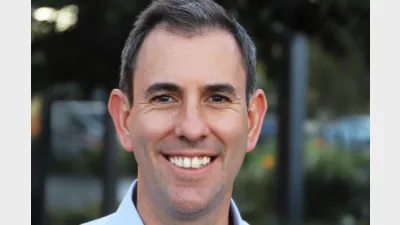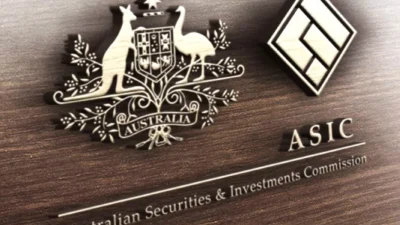Blame lower caps, not property spruikers


The Government's lowering of concessional contribution caps has had more to do with people opting for negative gearing outside of super than the siren call of property spruikers, according to SMSF Professionals' Association of Australia (SPAA) chief executive Andrea Slattery.
She said SPAA research had shown that the lower concessional caps had prompted the move to negative gearing outside of super, yet there had been little response from regulators and little discussion of the damage such moves were causing to Government revenue.
"It seems to us at SPAA that any train wreck will most likely occur there, and for one simple reason. "SMSF [self-managed superannuation funds] trustees, if they seek advice on any investment, require advice from a licensed financial adviser to assess whether the investment is appropriate to the circumstances of the fund and its members," Slattery said.
"Individuals don't require professional advice to consider their particular circumstances before they invest in geared property, suggesting these investments pose a higher risk compared with SMSFs, where far stricter protocols are in place."
In a column to SPAA members published this week, Slattery cited recent commentary by the regulators and the Reserve Bank suggesting that SMSFs were, potentially, a vehicle for speculative demand for residential property.
However she said that it would be wrong to suggest that property was an inappropriate investment for SMSFs.
"We have constantly warned that SMSFs must approach property, like all investments, armed with the best professional advice," Slattery said. "Property is not an inappropriate investment per se; but it must be appropriate to the fund and consider the member's circumstances, just like all investments."
She said that where SPAA strongly disagreed with regulators and critics of the sector was in the suggestion that SMSF trustees were "listening to the siren call of the property spruikers and gearing up to rush headlong into unsuitable residential property investments".
"The figures don't bear this out," Slattery said. "At June 30, property assets in SMSFs stood at $75 billion, of which $58 billion was mostly commercial; $17 billion was residential. With total assets at $495 billion, it means residential property comprises 3.4 per cent of all SMSF assets."
Recommended for you
Treasurer Jim Chalmers has handed down his third budget, outlining the government’s macroeconomic forecasts and changes to superannuation.
Online investment adviser and fund manager Stockspot has introduced Stockspot Super, Australia’s first 'ETF only' superannuation product. superannuation product.
ASIC has called on superannuation funds to improve their oversight of advice fee deductions following an investigation of 10 trustees that found $990 million was charged in one year.
With just 30 per cent of Australians knowing their superannuation balance to the nearest $1,000, Findex has emphasised the role of financial advice in addressing the critical super knowledge gap.















